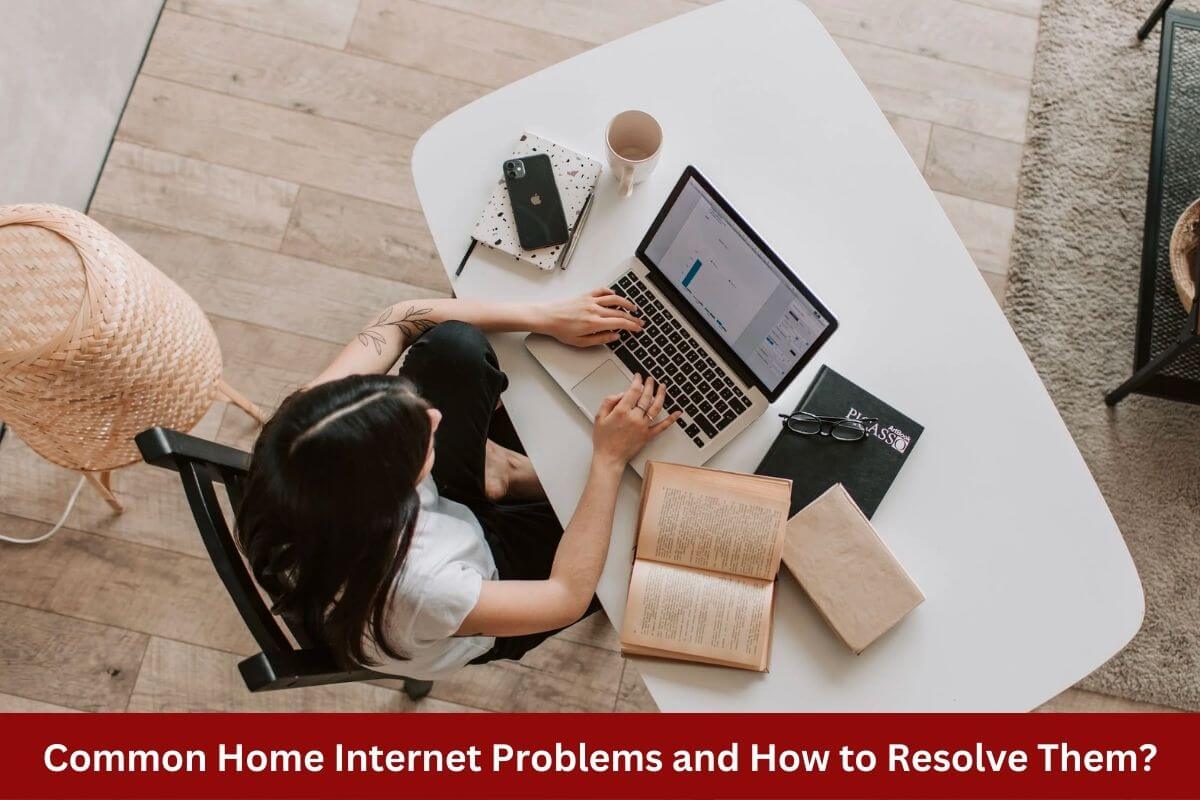Are you tired of experiencing frustrating internet issues at home? From slow connection speeds to constant disconnections, common home internet problems can be a major annoyance, especially if you rely on the internet to accomplish tasks for studies or work. Fortunately, there are simple solutions to these bothersome glitches that can help you get back online smoothly.
In this article, you’ll discover some of the most frequent internet issues faced by homeowners and provide practical troubleshooting tips to resolve them. Whether you’re struggling with constant buffering while streaming your favorite shows or experiencing intermittent connectivity, we’ve got you covered. By understanding the underlying factors contributing to these issues and applying the relevant troubleshooting techniques, you can quickly achieve a more seamless and dependable internet experience. Let’s begin!
Slow Internet Speed
One of the most frustrating problems users face is sluggish internet speed. Slow speeds can hinder your ability to stream videos, play online games, or download files. To address this issue, start by performing a speed test to determine your actual internet speed. If the outcomes show reduced speeds compared to the ones you are subscribed for, we advise to get in touch with your internet service provider (ISP) to discuss and resolve the issue.
You also have the option to optimize your network configurations, delete temporary files stored in your browser, and utilize a wired connection instead of relying solely on wireless connectivity.
IP Address Conflict
A conflict in IP addresses arises when multiple devices within a shared network possess the same IP address, resulting in connectivity problems. To resolve this issue, access your router’s admin panel and assign static IP addresses to your devices manually. This ensures that each device has a unique IP address and avoids conflicts. Check the manual of your router or reach out to the appropriate source for comprehensive instructions on how to configure static IP addresses.
Unresponsive Router or Modem
Sometimes, your router or modem may stop responding or even experience bugs and glitches, causing difficulties in accessing the internet. In such situations, you can start by power cycling the devices. This process helps refresh the device’s settings and can often resolve connectivity issues. If power cycling doesn’t solve the problem, you can try resetting the router or modem to its factory defaults. Additionally, upgrading to a newer router or modem might improve stability and overall performance.
Buffering and Video Streaming Problems
Nothing ruins the streaming experience like frequent buffering or poor video quality. If you encounter buffering issues, start by checking your internet speed to ensure it meets the minimum requirements for streaming. Next, ensure that other devices connected to your network are not utilizing excessive bandwidth.
If the problem persists, try clearing the cache of your streaming app. You may also consider upgrading your internet plan to access faster download speeds. You may also consider switching to reputable internet providers like HughesNet Internet for a reliable streaming experience.
DNS Resolution Issues
Domain Name System (DNS) is tasked with converting domain names into IP addresses, thereby enabling you to access websites. DNS resolution problems can manifest as slow-loading websites or frequent Page Not Found errors. To fix this, consider changing your DNS server. Public DNS services like Google DNS or OpenDNS often offer faster and more reliable resolution. Simply update your DNS settings on your router or individual devices to benefit from improved website access.
Intermittent Connection Drops
Frequent internet disconnections can be highly disruptive, particularly during important online tasks or video conferences. Start troubleshooting this issue by performing a reset on your modem and router, as they can occasionally experience temporary glitches. If the issue continues, ensure that your firmware is updated, inspect cables for any signs of physical damage, and consider adjusting the placement of your router to enhance signal coverage.
Hardware Compatibility Issues
Occasionally, certain devices may have compatibility issues with your home network, leading to connectivity problems. If you are facing connection problems with a particular device, we suggest verifying whether it has the latest firmware or driver updates installed. Furthermore, you can visit the manufacturer’s website or explore their support forums to check for any documented compatibility issues and potential solutions. In extreme cases, you may need to consider replacing the device or seeking alternative solutions.
The Bottom Line
Home internet issues can be frustrating, but they often have simple solutions. By understanding these issues and implementing the suggested solutions, you can effectively troubleshoot and fix them. Remember to consult your ISP’s support resources, and manufacturer guides, or seek professional assistance if needed. With a stable and uninterrupted home internet connection, you can enjoy seamless online activities and make the most of the digital world.
